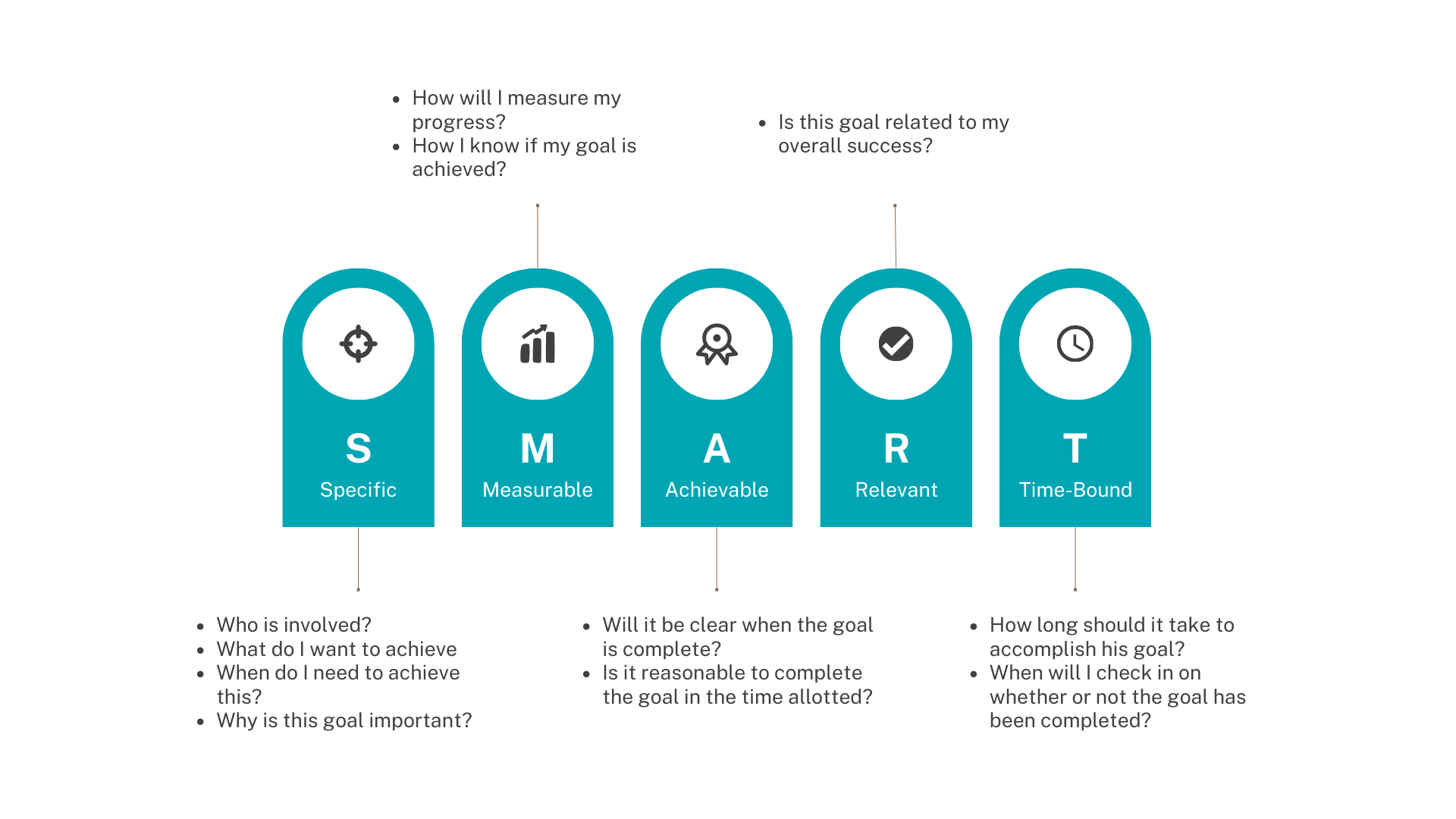8 e-learning best practices to create a great course
We live in an era where digital learning is the new norm. Approximately 41.7% of all Fortune 500 companies use e-learning technology for training and other purposes. And up to 96% of students say that e-learning tools are fun to use and help them learn things independently.
Do you wonder why the take-up of your online course is not what you had hoped for? Even though you can put a lot of effort into the course material, you still need to focus on the presentation, how you interact with students and how you create reasonable goals.
Continue reading to learn about eight e-learning best practices to help you develop an online course that you and, more importantly, your students will love, whether you intend to start one from scratch or just want to improve your current one.

1) Create a title that converts
It’s crucial that the title accurately reflects the course’s content and highlights the benefits. Corporate learners, in particular, want a sneak peek at the course’s benefits, such as the skill(s) they will acquire, so ensure the title includes this information.
However, it is equally important to grab the learners’ attention, so that they want to engage with the content. Think about it. Would you click on a bland, generic title? No, me neither. Your course title should not just be informative; it should be irresistible. Tips for a winning title:
- Short and sweet: Keep it punchy.
- A touch of mystery: Leave them wanting more.
- Promise value: Show the benefits
2) Pay attention to the design
Using a consistent design and colours allows learners to navigate the platform easily and reduces distractions, making the content the primary focus. Similarly, using intuitive icons and white space can guide learners through the course, ensuring they don’t miss essential information or get lost.
Once you are happy with your course design, you must ensure it works on any device. Yes, I am talking about having a responsive design to allow learners to access your courses on any device – laptops, smartphones, and tablets – anytime and anywhere.
Even though the most widely used LMSs have responsive designs, double-checking that the text and visual components change is still a good idea to offer a consistent learning experience.
3) Set the right goals
You can not hit a target you have not set, right? So, be clear about what you want your learners to achieve by the end of the course. Setting the correct objectives can lead to successful outcomes. S.M.A.R.T. goals are the most popular eLearning technique and will help you define one or more specific learning objectives.

4) Take the bite-sized approach
Today’s learners want quick, digestible information. People use their smartphones to learn on the go, so aim for micro-modules and short lessons of 5 to 10 minutes. A quiz after each lesson is also a good idea to reinforce the material and improve retention and understanding.
Bite-sized learning improves engagement, as learners can grasp and process concepts without feeling overwhelmed, keeping their attention focused.
5) Use video in your content
Can you remember the last time you did an online course without a single video? Me neither. Videos enhance user engagement because it is easier to grab viewers’ attention and facilitate effective knowledge acquisition.
Videos also fit really well with bite-sized learning, allowing learners to digest the information at a comfortable pace and replay content as needed, reinforcing their understanding.
6) Use forums or instant messaging tools
Consider using forums or platforms like Slack in your e-learning course. Supporting learners whenever they have questions or providing feedback on their progress can enhance the learning experience, making it more interactive and dynamic.
These platforms also foster student-to-student interactions, creating a community where students can learn from each other’s perspectives and knowledge. Students can follow or revisit discussion threads relevant to them anytime and ask comments or further questions.
On the other hand, course creators can use the questions and comments to evaluate the learners’ understanding of the material and to identify areas where they need further explanations.
7) Think internationally
It is possible that the next employee or student wishing to enrol in your course will be located anywhere in the world, so you might want to think about translating your e-learning content to accommodate multilingual learners. For this reason, you should develop content with an international audience in mind.
Use clear and simple language to help translators and ensure your audience easily understands your content. Similarly, provide scenarios in your examples that correspond with your target audience’s experiences globally. Conversely, examples that don’t speak to your audience will seem foreign to them.

It is also a good practice to avoid using images or infographics with text embedded since they may not be editable and add costs to recreate images. Use captions or display the text as an overlay so that the text is editable and can be translated directly. Learn more tips on how to create a multilingual e-learning course.
8) Listen to your learners
Build a feedback culture. It is always a good idea to explain whenever learners get a question wrong to motivate students to take action and engage more deeply with the course material.
As a course creator, you should also take advantage of test questions, quizzes and forums to identify areas where students need to reinforce their understanding. You can refine and adapt your teaching materials to provide more engaging online learning experiences.
Create or refine your online course
In the world of e-learning, it’s all about understanding your audience and creating engaging, user-friendly content. Follow these e-learning best practices, listen to your learners, and you’ll have a course your students love!
Do you need help understanding your target audience’s cultural backgrounds or educational levels in different regions? At Ampere Translations, we can help you develop content with an international audience in mind and assist you with your translation needs. Contact us today to find out more.
